Fennel Vs Anise: What’s The Difference Between Anise And Fennel
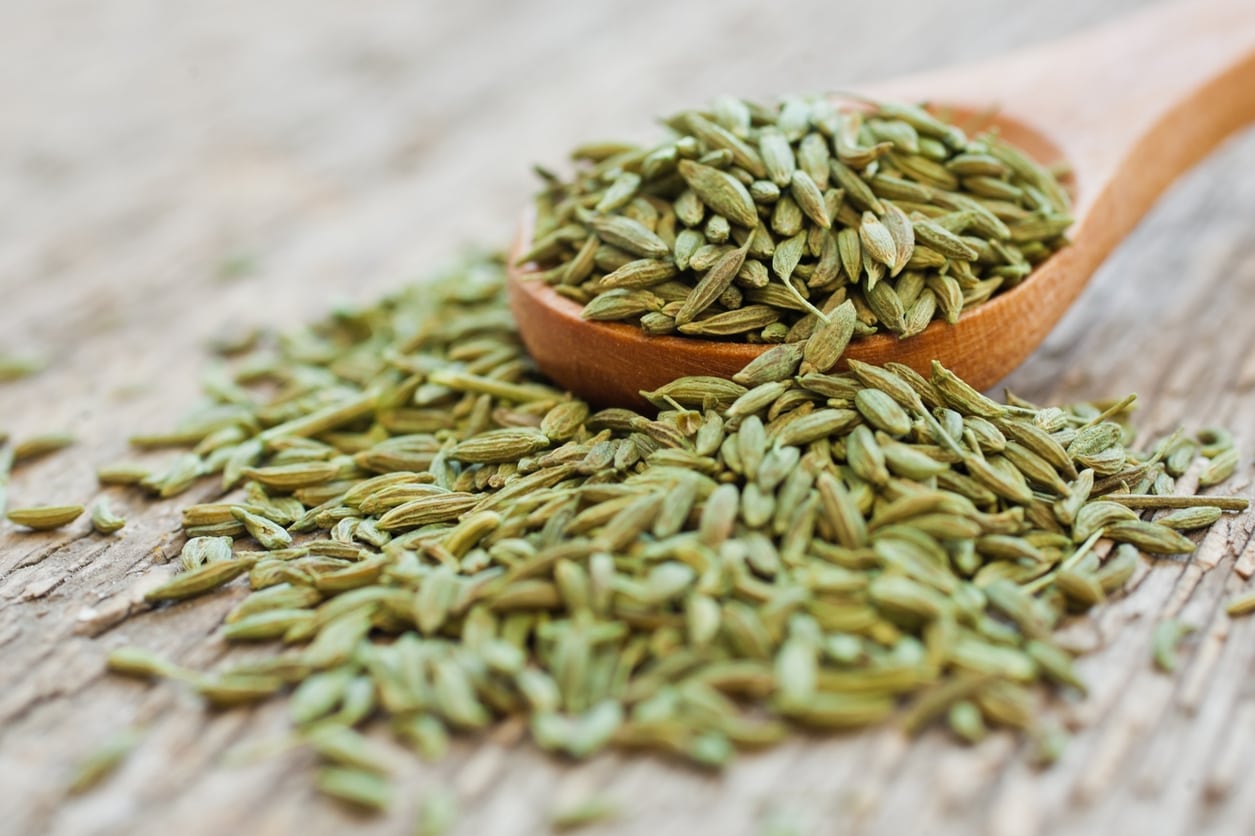
If you’re a cook who loves the flavor of black licorice, you no doubt commonly use fennel and/or anise seed in your culinary masterpieces. Many cooks use them interchangeably and may find them under either or both names in some grocers. But are anise and fennel the same? If there is a difference between anise and fennel, what is it?
Are Anise and Fennel the Same?
While both fennel (Foeniculum vulgare) and anise (Pimpinella anisum) are native to the Mediterranean and both are from the same family, Apiaceae, there is, indeed, a difference. Sure, they both have a licorice flavor profile similar to tarragon or star anise (no relation to P. anisum), but they are completely different plants.
Fennel vs. Anise
Anise is an annual and fennel is a perennial. They both are used for their licorice flavor, which comes from the essential oil called anethole found in their seeds. As mentioned, many cooks use them fairly interchangeably, but there really is a difference in taste when it comes to fennel vs. anise. Anise seed is the more pungent of the two. It is often used in Chinese five spice powder and Indian panch phoran and imparts a heavier licorice flavor than fennel. Fennel also has a licorice flavor, but one that is less sweet and not as intense. If you use fennel seed in a recipe that calls for the use of anise, you just may need to use a little more of it to get the correct flavor profile.
Other Anise and Fennel Differences
Fennel seeds come from a bulbing plant (Florence fennel) that is eaten as a vegetable. In fact, the entirety of the plant, seed, fronds, greens, and bulb are edible. Anise seed comes from a bush that is grown specifically for the seed; no other part of the plant is eaten. So, the difference between anise and fennel is actually pretty major. That said, are anise and fennel differences enough to clarify the use of one or the other; that is, using fennel or anise in a recipe? Well, it really depends on the cook and the cuisine. If you are cooking and the recipe calls for greens or bulb, the clear choice is fennel. Anise is the better option for sweets such as biscotti or pizzelle. Fennel, with its milder licorice flavor, also has a slightly woody flavor and, thus, works well in marinara sauce and other savory dishes. Anise seed, just to confuse the issue, is an entirely different spice, albeit with a licorice essence that comes from an evergreen tree and features prominently in many Asian cuisines.
Gardening tips, videos, info and more delivered right to your inbox!
Sign up for the Gardening Know How newsletter today and receive a free copy of our e-book "How to Grow Delicious Tomatoes".

Amy Grant has been gardening for 30 years and writing for 15. A professional chef and caterer, Amy's area of expertise is culinary gardening.
-
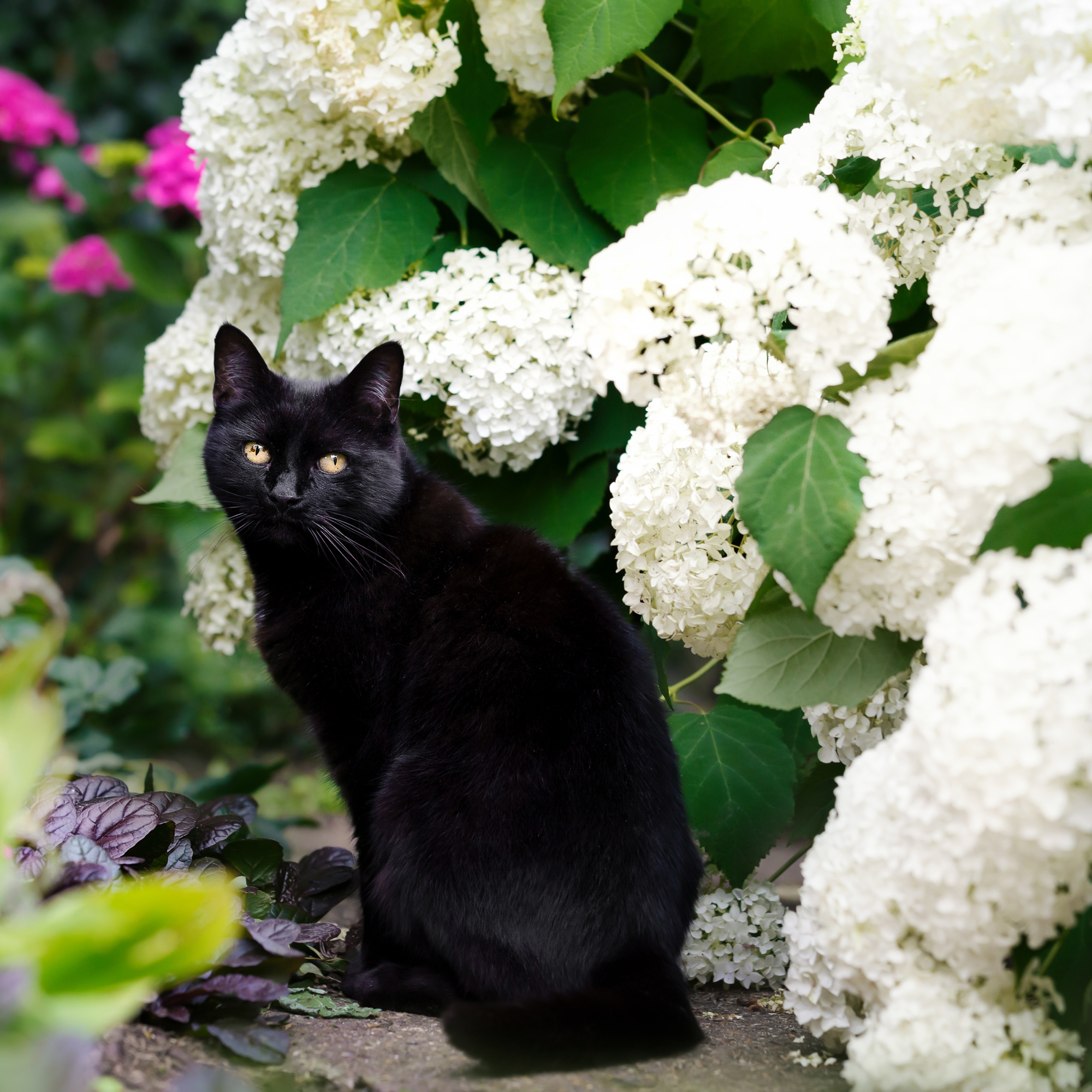 Are Hydrangeas Poisonous To Cats? How To Keep Kitties Safe Around These Common Flowers
Are Hydrangeas Poisonous To Cats? How To Keep Kitties Safe Around These Common FlowersThere are so many gorgeous varieties of hydrangea to add showy color to your garden, but are hydrangeas poisonous to your cats? Learn more to keep kitty safe.
-
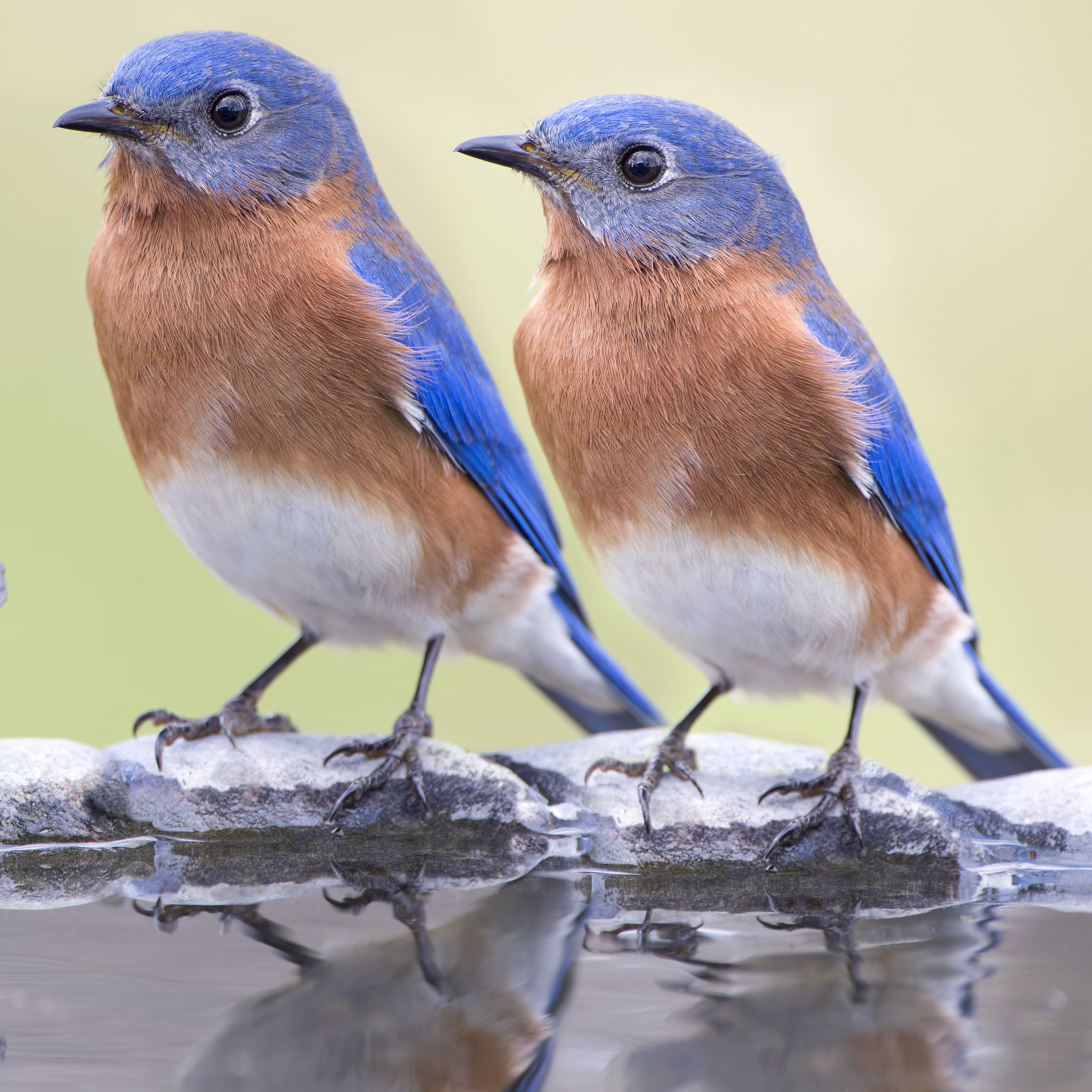 The 3 Big Reasons Birds Aren’t Visiting Your Bird Bath – Plus, Smart Bird Bathing Ideas To Bring More Birdies Fluttering To Your Yard
The 3 Big Reasons Birds Aren’t Visiting Your Bird Bath – Plus, Smart Bird Bathing Ideas To Bring More Birdies Fluttering To Your YardYou love garden birds, so why don’t they visit your bird bath? Here are 3 key reasons why, along with quick and clever bird bath ideas to encourage feathered friends to drink and play
-
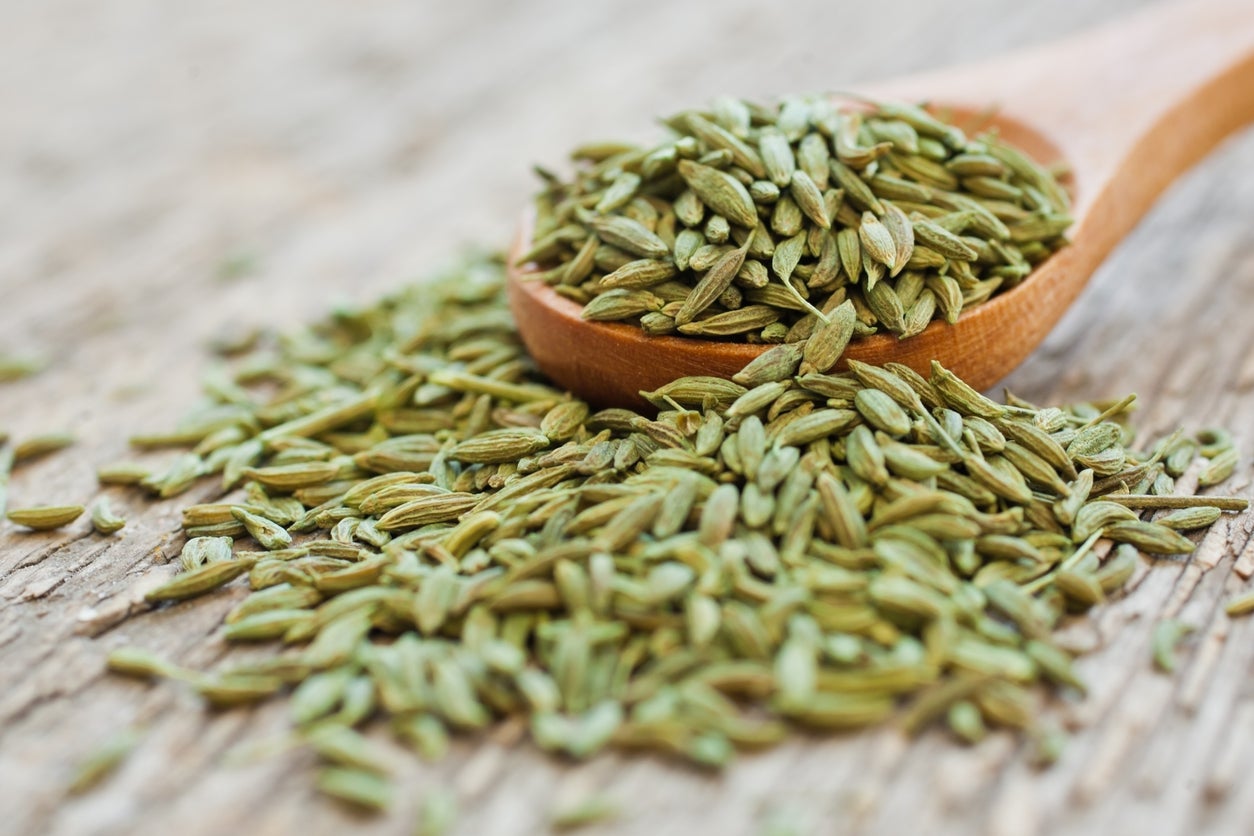 Harvesting Anise Seed – When And How To Pick Anise Seeds
Harvesting Anise Seed – When And How To Pick Anise SeedsIf you’re someone who loves anise, there’s nothing easier or more rewarding than growing and saving your own anise seeds to use year round. Click this article to learn more about how to pick anise seeds and preserve them so you can use and enjoy the spice year after year.
-
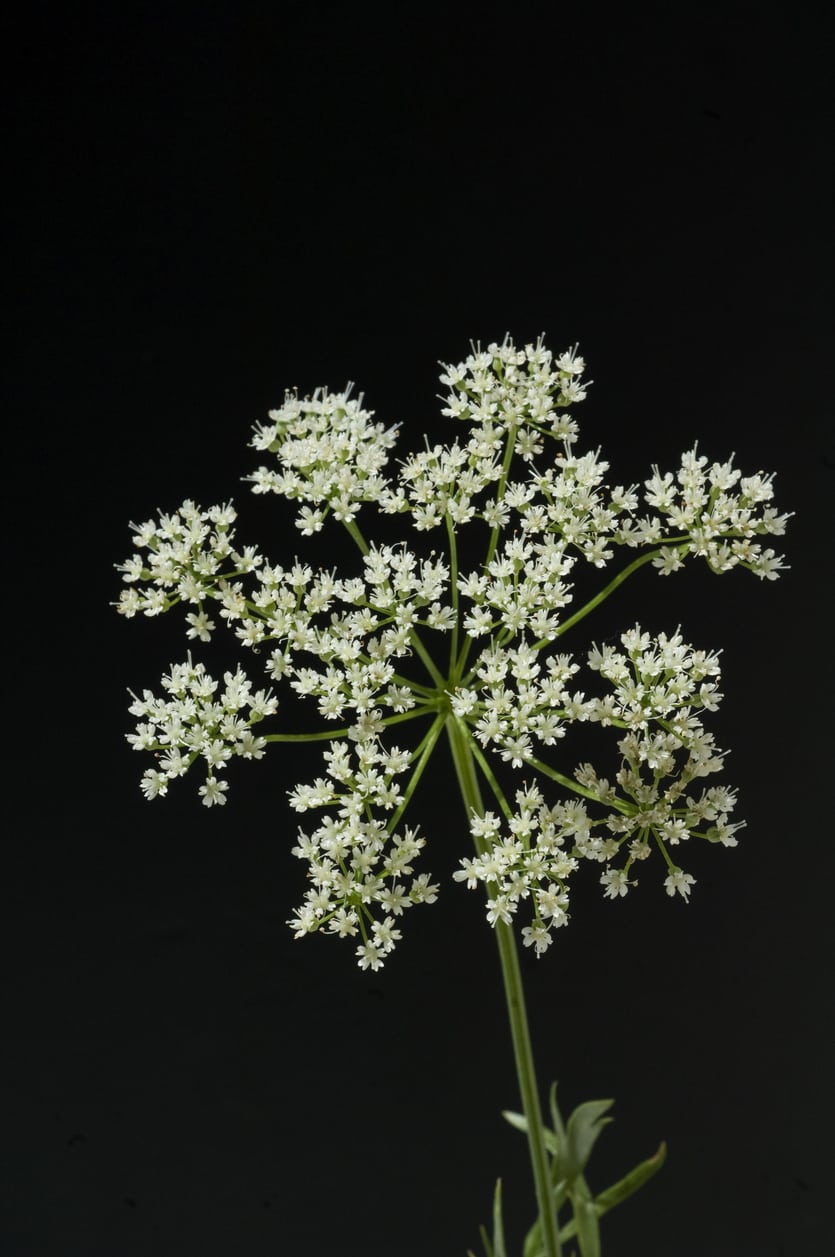 Common Anise Diseases: How To Treat A Sick Anise Plant
Common Anise Diseases: How To Treat A Sick Anise PlantWhile it is fairly easy to grow, the anise plant is not without its problems, specifically diseases. It’s important to recognize the symptoms in order to learn how to treat a sick anise plant before a disease progresses to the point of no return. This article will help.
-
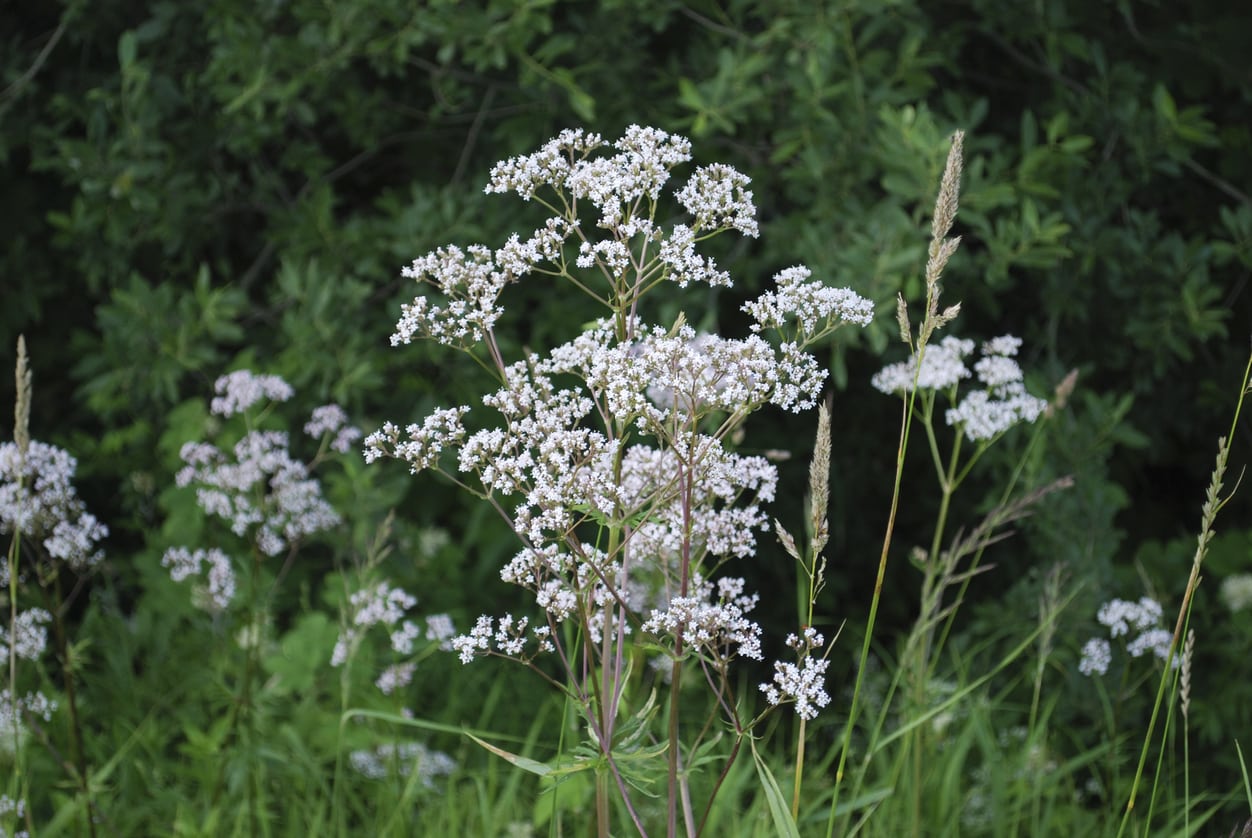 Container Grown Anise Seed: How To Care For Anise In A Pot
Container Grown Anise Seed: How To Care For Anise In A PotAnise, sometimes called aniseed, is a powerfully flavored and scented herb that is most popular for its culinary properties. Like all culinary herbs, anise is very useful to have on hand near the kitchen, especially in a container. But can you grow anise in a pot? Find out here.
-
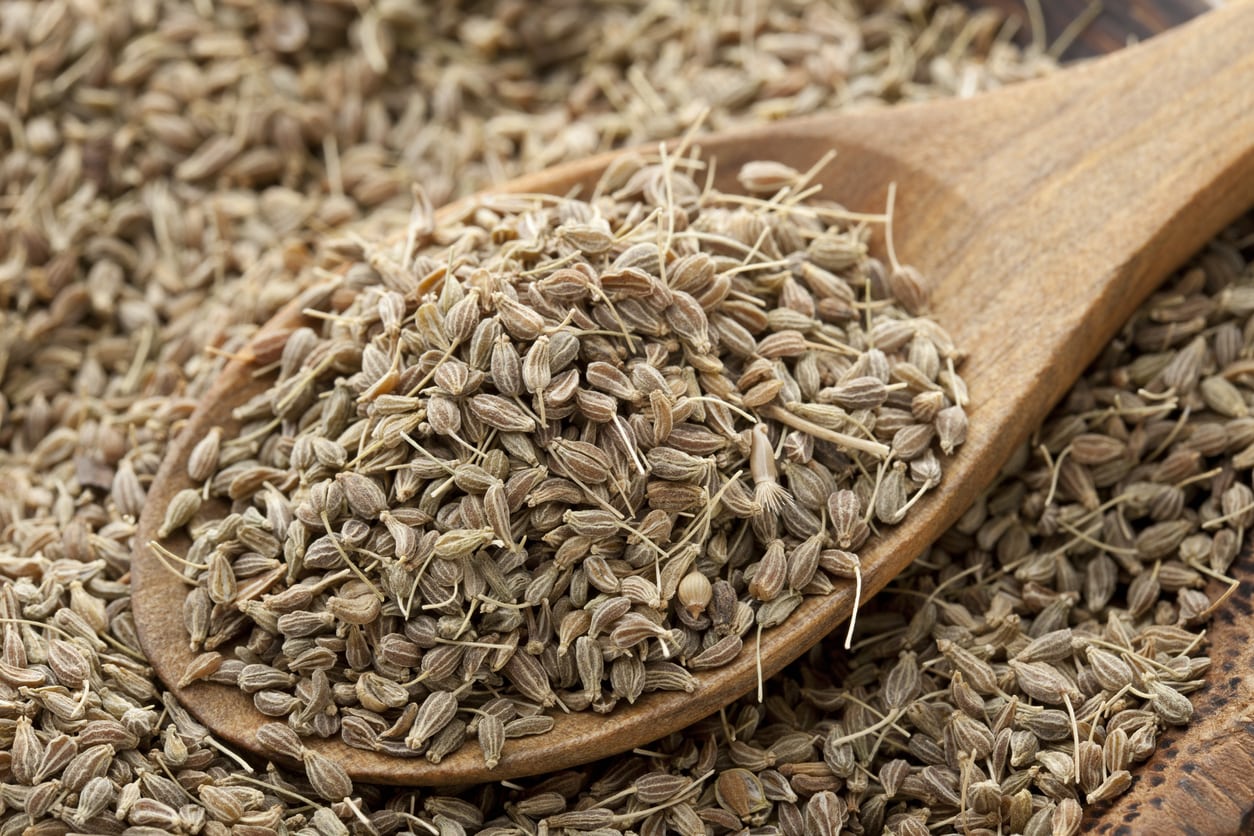 Anise Vs. Star Anise – Are Star Anise And Anise Plants The Same
Anise Vs. Star Anise – Are Star Anise And Anise Plants The SameLooking for a slightly licorice-like flavor? Star anise or anise seed provide a similar flavor in recipes but are actually two very different plants. A description of their differences will reveal unique origins and how to use these interesting spices. Click here for more info.
-
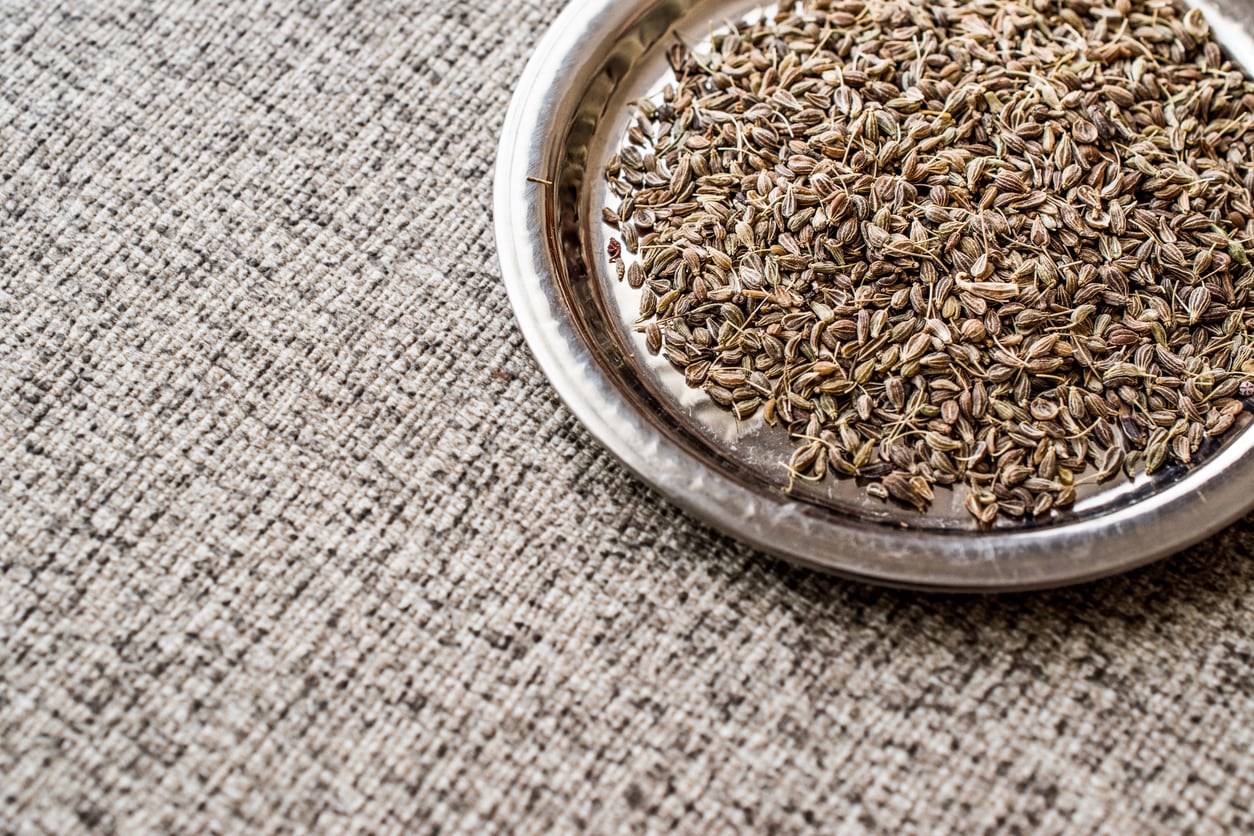 Aniseed As A Spice – Learn How To Use Anise Plants
Aniseed As A Spice – Learn How To Use Anise PlantsAnise is a popular culinary herb easy to grow by seed, but the question is, what to do with aniseed once it’s harvested? How do you use aniseed as a spice, and how about cooking with anise? Click here to learn a few of the many ways of using anise plants.
-
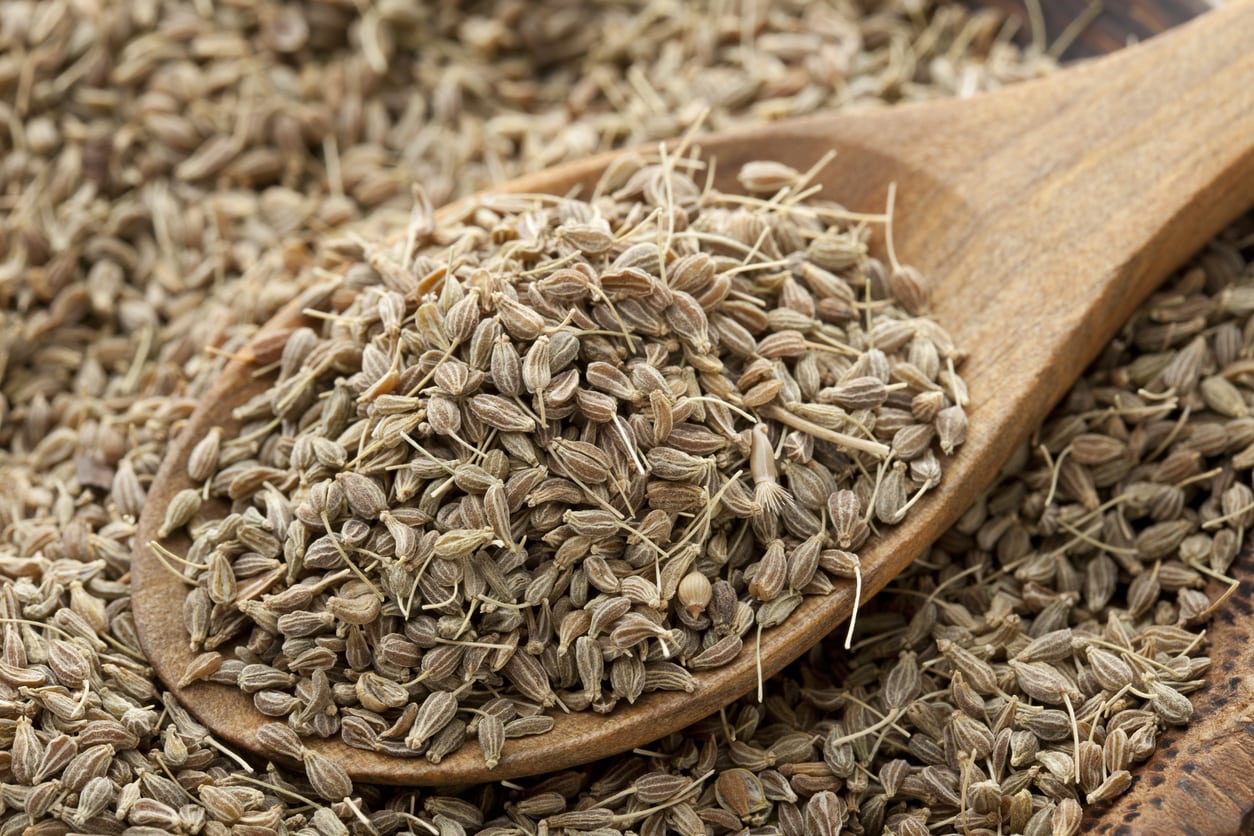 Medicinal Anise Plants – How Is Anise Good For You
Medicinal Anise Plants – How Is Anise Good For YouAnise is a pretty perennial herb, but it can do more for you than add visual interest to your garden. Growing medicinal anise plants and harvesting the seeds means you can add this natural, herbal remedy to both your kitchen and your medicine cabinet. Learn more in this article.
-
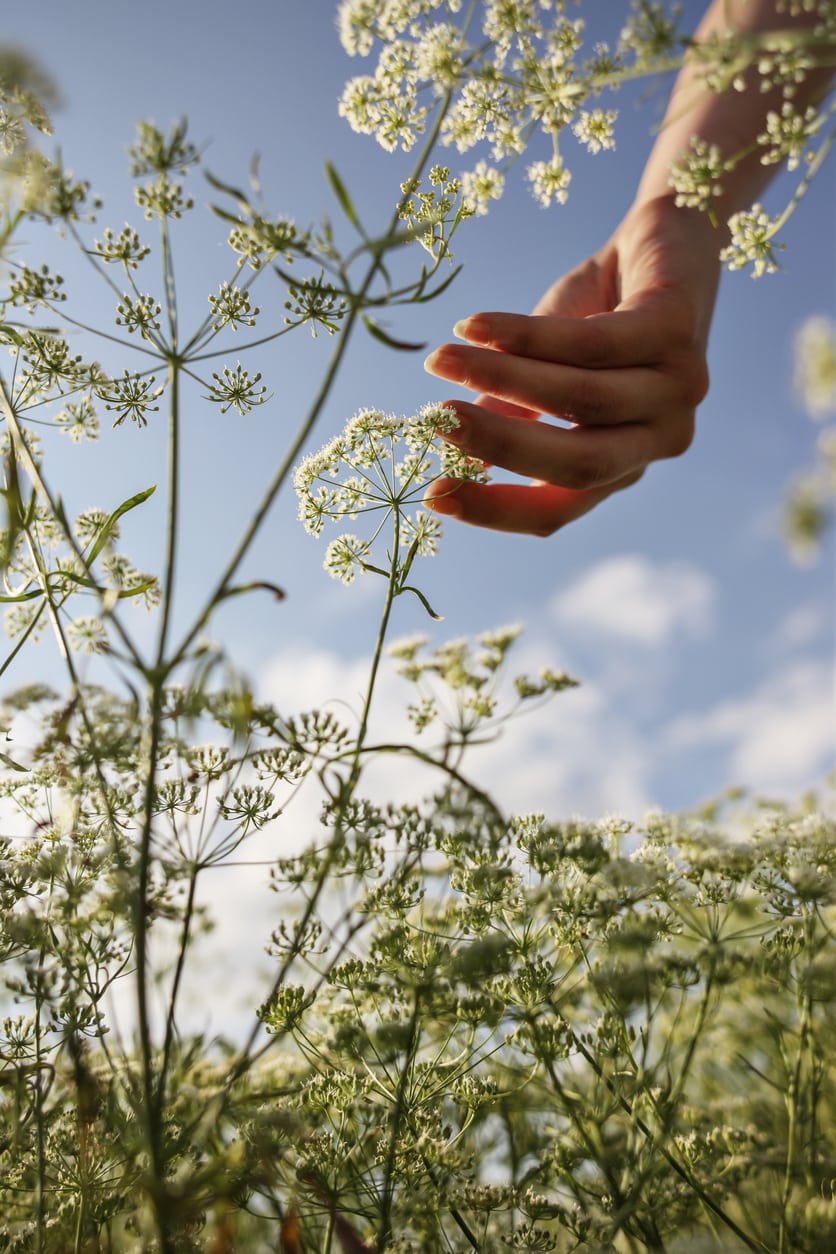 Propagating Anise Herbs: How to Propagate Anise Plants
Propagating Anise Herbs: How to Propagate Anise PlantsVariety is the spice of life, so it is said. Growing new anise plants will help spice up the ho-hum herb garden while giving dinner a surprising new zip. The question is, how is anise propagated? Click here for information on propagating anise herbs.
-
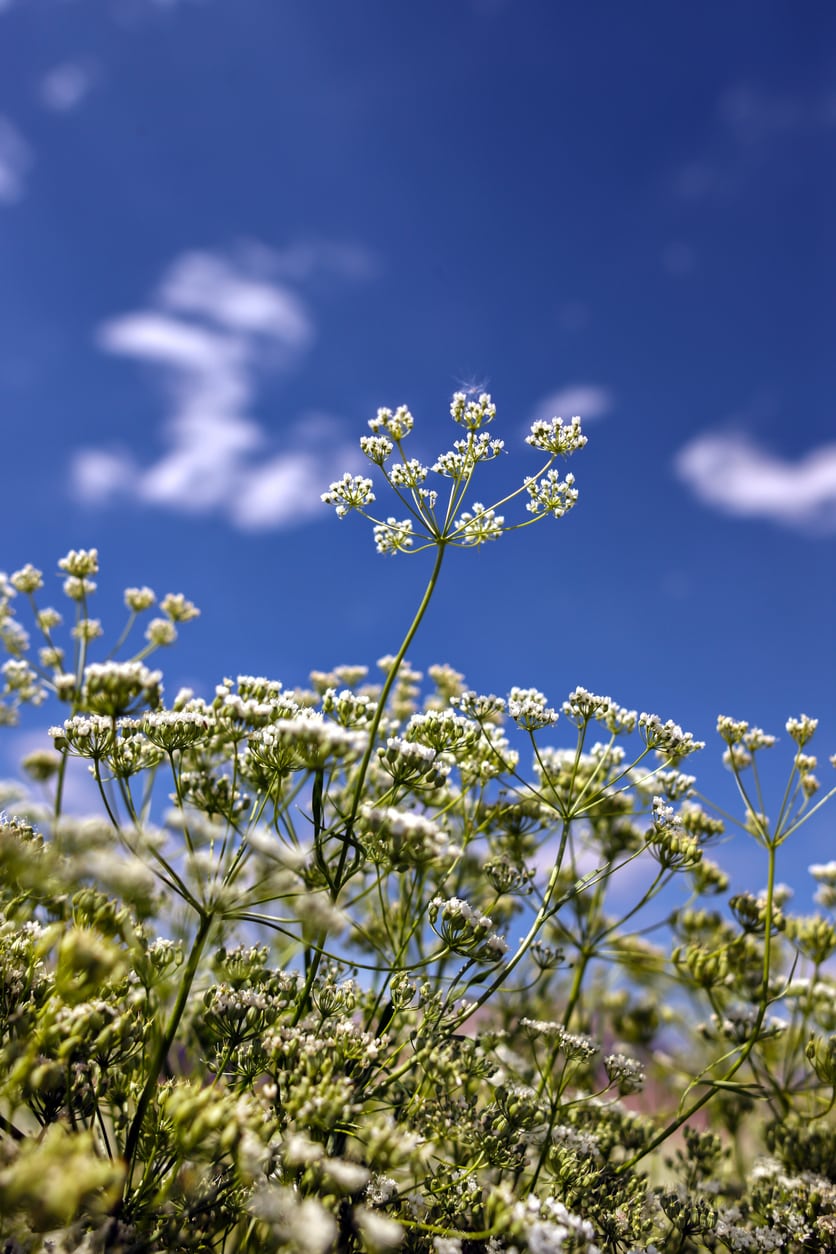 Does Anise Repel Bugs: Information On Natural Anise Pest Control
Does Anise Repel Bugs: Information On Natural Anise Pest ControlCompanion planting with anise attracts certain beneficial insects, and the pest-repellent properties may even protect veggies growing nearby. Click here to learn more about anise pest control and how you can easily grow this beautiful, useful plant.
